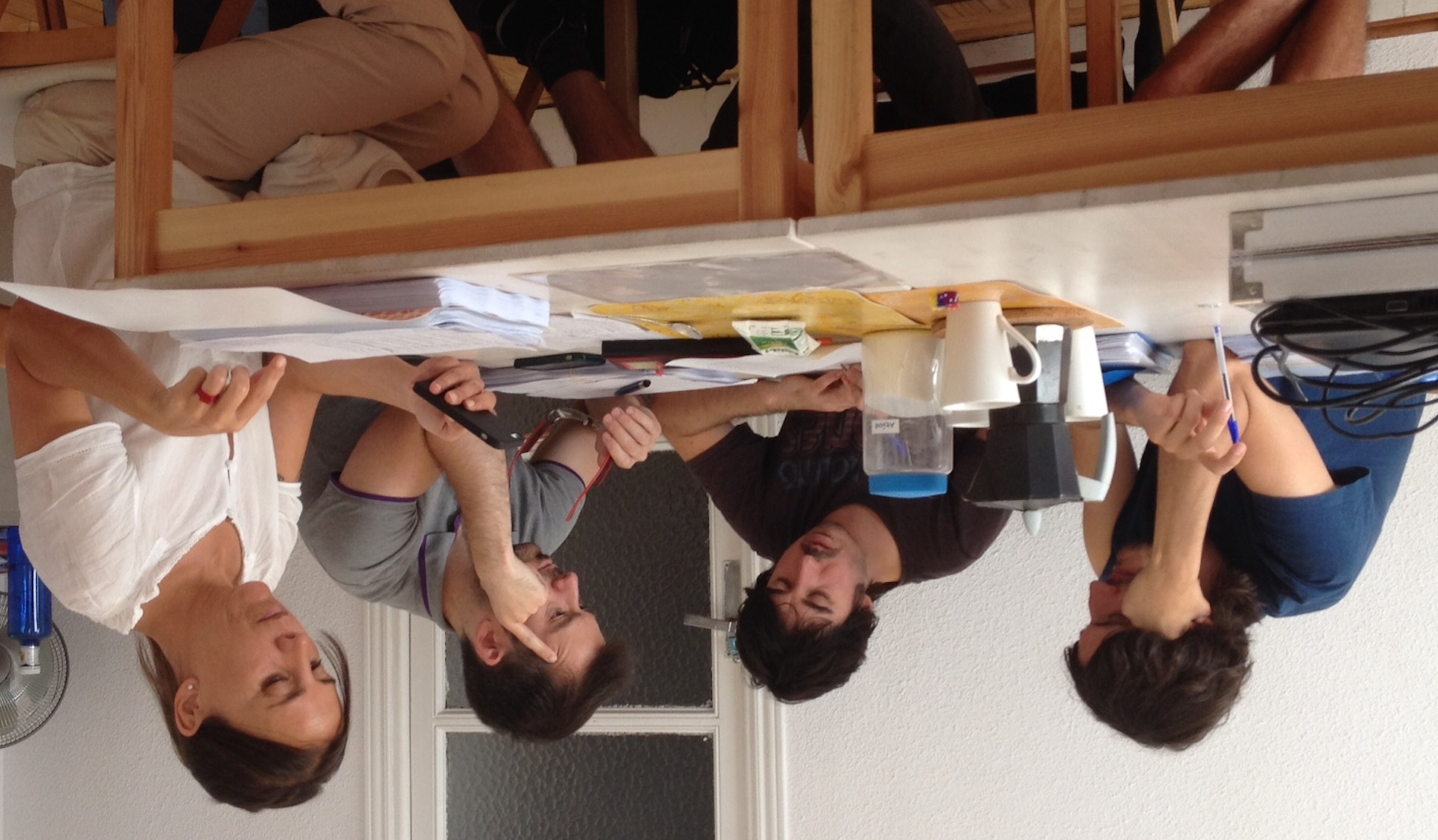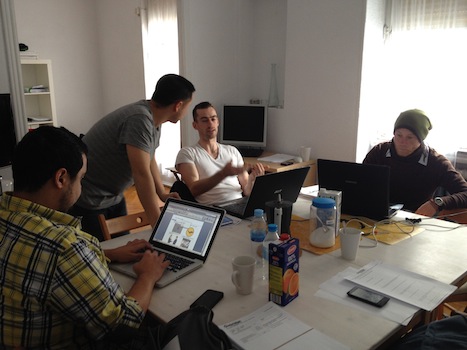A big debate around teaching beginners has always been whether it is necessary or not to translate into the learners' mother tongue. Opinions are split and vary from definitely not to maybe sometimes yes or, in the other extreme, of course yes, translating is fast and effective.
Translating seems straightforward and historically it has been so intrinsically linked to learning languages (e.g. the
grammar-translation method applied from classic languages to modern languages), that we could think that it doesn't hurt to use learners' mother tongue and teachers that are familiar with the local language have an advantage over those who are not.
Arguments in favor of translating when teaching beginners
Probably the biggest argument in favor of translating is that translation occurs all the time around us and that includes the classroom.
It can also give reassurance that the meaning of the new target language has been properly understood. It is a quick fix when it comes to dealing with misunderstandings.
The main question to ask ourselves as professionals of ESL teaching though is whether we translate purposely and intentionally or it is a last resource when we don't know how to convey the message properly using L2 solely. More skillful or experienced teachers will not translate where other, less experienced would translate in an attempt to solve a query in no time. Continuous training and upgrading in this case can help young professionals to acquire the necessary skills and techniques that would allow them to reduce translating to the minimum.
Arguments agains translating when teaching beginners
Twenty first century approaches have definitely been more encouraging to use L2 only in the classroom and forget about translating all the time. Learners have to acquire the structure of the new language by getting used to thinking in L2 and not continuously referring to their mother tongue. Students are given the opportunity to create a parallel linguistic universe that is much more than a direct transfer of the mother tongue. They, basically, acquire a different way of thinking along with the new language.
Kids usually find the process of acquiring L2 much more natural and spontaneous than adults, who would compare and contrast both languages most of the time. Where children would merely imitate their teacher's speech, adults would need to reason and understand why we say what we say in the target language. Explanations in this case can still occur in L2, hence the need to be resourceful and skillful when providing graded explanations.
From a strictly practical point of view, teachers nowadays travel the world and have to be prepared to teach learners from very different cultures and bearers of first languages that are far from English, such as Chinese, Vietnamese, Japanese, etc. Being able to teach in L2 solely is a precious skill that would ensure smooth dynamics no matter where we develop our profession.
More arguments in favor or against translating in the classroom are to be found in the following article:
To Use or not to Use Translation in Language Teaching
The Oxbridge way
Over the years and thanks to all the teachers' contribution, what started as trial-and-error evolved into a solid model of teaching English to beginners without using learners' mother tongue at all. Little by little, the pieces were put together and we got a picture that gets clearer with every single student that has tested it. Not only it is possible to teach without translating, but we now even do it teaching remotely, by videoconference which is the biggest challenge in language teaching nowadays.
These are some of the premises that we use:
- First we model, then we ask a question. Doing it the other way round can be confusing for students. Asking a question without modeling is assuming knowledge that may not be there, so when we model the new target language in the first place, we can also check for understanding and the students can imitate our example when it's their turn to answer. E.g. I have two brothers and a sister. And you? How many brothers and sisters do you have?
- One new element at a time. The interaction when teaching beginners is never as spontaneous as with higher level students. We have to identify the building blocks to teach, pace the classes, measure the difficulty, balance the content and link all bits so that there is always a new element that follows an already familiar and acquired language. Presenting a new structure or function along with too many new vocabulary items would be overwhelming at that stage. It is better to make sure we are introducing a new structure using an already familiar vocabulary and introducing new vocabulary while keeping grammar to the already known structures. That way both the teachers' and learners' attention will be focused on the right target language and we'll keep possible frustration away.
- We introduce the most commonly used FUNCTIONS related to the immediate surrounding in the first place and we base it on the following model:
- First we introduce the function keeping vocabulary to either demonstrative pronouns or simple vocabulary. E.g. if we teach how to express possessions, we stress the verb to have and we use realia for clarity (e.g. a pen, a phone, etc.) without necessarily mentioning it. - I HAVE this.
- We make sure the object we use as an example is familiar to the learners. e.g. This is a PEN.
- Finally, we join both the new function and the concrete object's name: e.g. I have a pen.
- We've identified 25 basic functions for teaching beginners to which we can add more as we advance in the classes. The selected functions allow students to introduce themselves, talk about their profession, family, interests, likes and dislikes, preferences for food and drink, necessity, abilities, etc. They learn to express directions, formulate and answer questions, give simple commands, etc. Altogether, these basic functions, if well known, are a solid basis on which we build more complex language and broaden both the functions and the related lexicon and grammatical support.
For a complete guide on teaching beginners, as well as all related material, please join us at
OxbridgeTEFL or write us at mail@oxbridgetefl.com.






